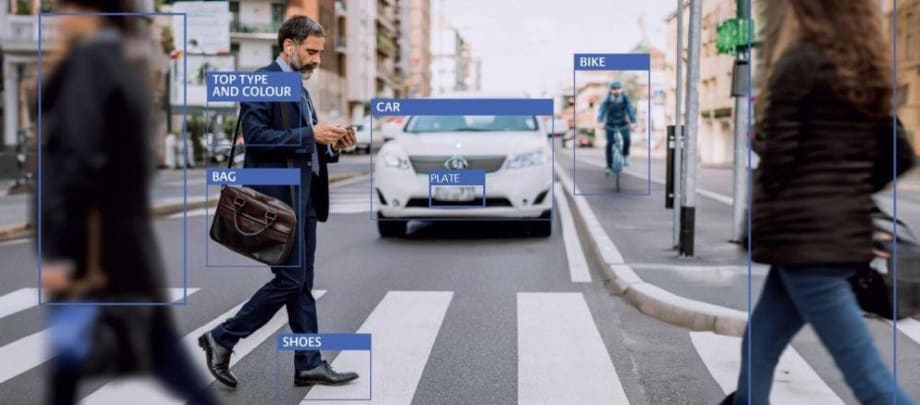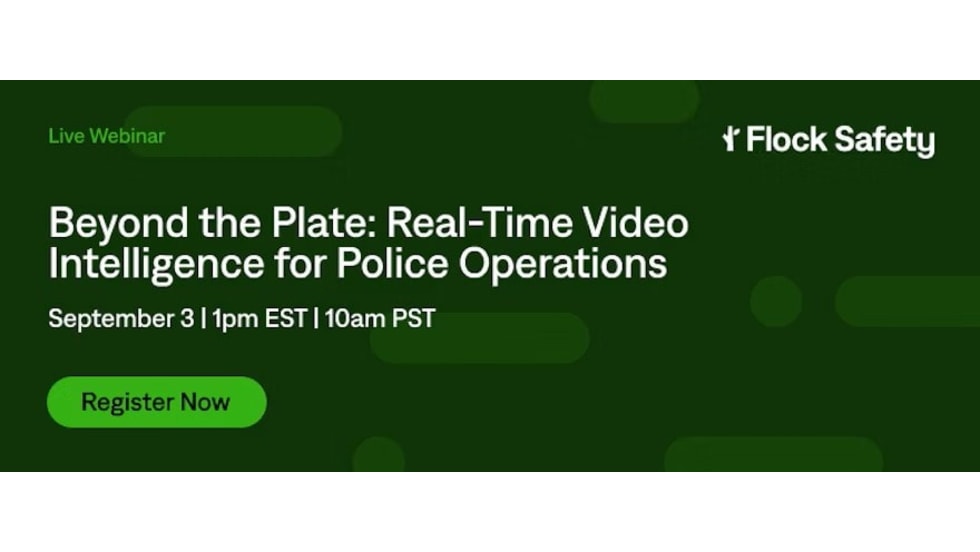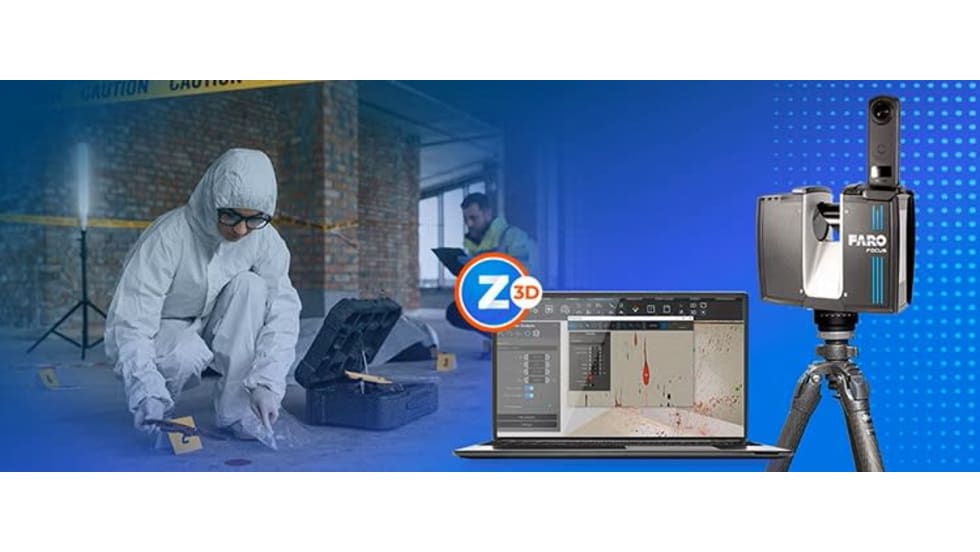One of the most prevalent trends in law enforcement technology is combining tools to improve crime fighting efficiency. An example of this is the latest version of i-Pro ’s analytic software for its surveillance cameras that use artificial intelligence. The software called Active Guard now includes third-party technology from Vaxtor that adds license plate recognition capability to a surveillance camera.
First Look: LPR on the "Edge"
i-Pro has added license plate recognition capabilities to the software that manages data from its AI surveillance cameras.

i-Pro's Active Guard delivers AI metadata to popular video management systems like Genetec and Milestone.
i-Pro
Rui Barbosa, i-Pro’s manager of its surveillance product category, says customer demand was one of the reasons i-Pro agreed to adding a third-party app to its camera software. “Having LPR in Active Guard gives our customers 99% of the functions they have told us they want in a unified system,” he adds.
The LPR capabilities are available for Active Guard 1.7, which is now available for i-Pro surveillance camera users. Active Guard enables quick searches of data witnessed by the cameras while reducing the need for servers, a benefit that i-Pro says saves customers money. It works with a number of top video management system (VMS) producers, including Genetec, Milestone, and Video Insight.
“Active Guard acts as a bridge between an AI camera’s captured data and the video management system of your choice,” Barbosa says. “If you don’t have all the camera’s descriptive metadata (data about data) flowing into the actual video management system, you can’t use it for search and alarms. So, you need to have this perfect marriage between all that the camera can detect and what is supported and displayed in the video management system. And the two don’t automatically just work together,” Barbosa explains.
“All the analytics that we have are processed on the ‘edge,’ meaning they are all processed on the camera,” adds Barbosa. “We’re not streaming video to a server to process. Instead, the camera is sending metadata in very small packets to the Active Guard platform.” Once it’s in the Active Guard platform. It’s searchable.
“I can do a search and, for example, ask for people wearing black shirts and blue pants. It will search the database and give me thumbnails of all the instances of people wearing black shirts with blue pants who passed in front of that camera (or group of cameras). Then I can click on a thumbnail and see the video,” he explains.
The Active Guard server stores metadata, which allows users to search for specific characteristics displayed by persons and objects. Active Guard is designed to make camera monitoring easier and more effective. “I once demoed what Active Guard can do for a prospective customer and they said, ‘What you just did in 10 seconds, I paid someone for two weeks to do for an hour of video from my 20 cameras.’ My tagline about Active Guard is that you can’t watch everything all the time, but Active Guard can,” Barbosa says.
The latest version of Active Guard adds the ability to watch for vehicles and search the database for vehicles based on license plate number and on make, model, and color. Barbosa says the Vaxtor LPR app is the first third-party surveillance camera software to run on i-Pro’s Active Guard platform. “The platform and the app are co-dependent,” he says. “The onboard AI processor on the camera is powerful enough to run the full force of the Vaxtor plug-in and deliver the resultant data to the Active Guard platform.”
The Vaxtor plugin delivers the LPR information into the same computer window as the other data coming into the video management system from Active Guard. “It’s literally just another tab in the interface,” Barbosa says.
Users of i-Pro’s AI surveillance cameras can upgrade to Active Guard 1.7 for free. The LPR plugin app that runs in i-Pro cameras can be acquired from Vaxtor for a per camera fee.
More Technology

Learning How to Manage Your Fleet?
Watch this tutorial on how fleet management platforms work. You’ll see how easily you can integrate fleet telematics, dash cameras, and asset management in a single pane of glass and manage your fleet more effectively.
Read More →
From the Show Floor: Semtech
Learn about the latest ruggedized routers designed for public safety vehicles as POLICE visits with Greg Hill of Semtech. These routers are equipped with the latest 5G technology.
Read More →
How One Police Department Cut Crime by 46% with Smarter Patrol Management
Discover how one police department cut crime nearly in half using smarter patrol data. This whitepaper breaks down the real-world strategy behind a 46% drop in vehicle thefts, improved officer safety, and stronger community visibility.
Read More →
Genetec Showcases Its Latest Public Safety Innovations at IACP 2025
Genetec demonstrated its Cloudrunner, Citigraf, and Clearance during IACP 2025 to show how they can provide law enforcement with a unified situational awareness to make cities safer.
Read More →
Ohio’s Statewide Drone First Responder Program to Take Flight
Over the next two years, the Ohio DFR Pilot Program will equip municipalities with advanced drone systems, deliver comprehensive training for first responders, and enable FAA-approved Beyond Visual Line of Sight operations.
Read More →
Beyond the Plate: Real-Time Video Intelligence for Police Operations
Join us for an inside look at how agencies are enhancing frontline decision-making with visual intelligence that goes beyond the plate. This session will show how pairing LPR data with live camera feeds delivers faster, safer, and more coordinated responses—on everything from stolen vehicles to active BOLOs.
Read More →
Beyond the Scene: Next-Gen 3D Forensics
Crime scene documentation demands speed, precision and clarity. Join FARO’s forensic experts to explore how the latest 3D scanning innovations are transforming crime scene analysis. Learn how mobile and stationary 3D scanners streamline workflows, reduce human error and deliver courtroom-ready visuals. Whether you're focused on data integrity, operational efficiency or evidence presentation, this session will show you how to capture, analyze and communicate scene data faster and more accurately than ever before.
Read More →
Tampa Police Department Deploys More Than 950 5G Smartphones
Tampa Police Department has deployed more than 950 5G-enabled smartphones through Verizon Frontline to support its Connected Officer initiative and enhance field communications.
Read More →
Getac Introduces F120 Rugged Tablet and V120 Rugged Laptop
The new devices feature larger displays, AI-ready processors, and enhanced durability for police and first responders working in demanding environments.
Read More →
Montville Police Department Deploys Mark43 to Power Safer, Smarter Policing
The New Jersey agency has adopted Mark43 CAD, RMS, Analytics, and OnScene mobile tools to replace its legacy systems and improve daily operations.
Read More →
